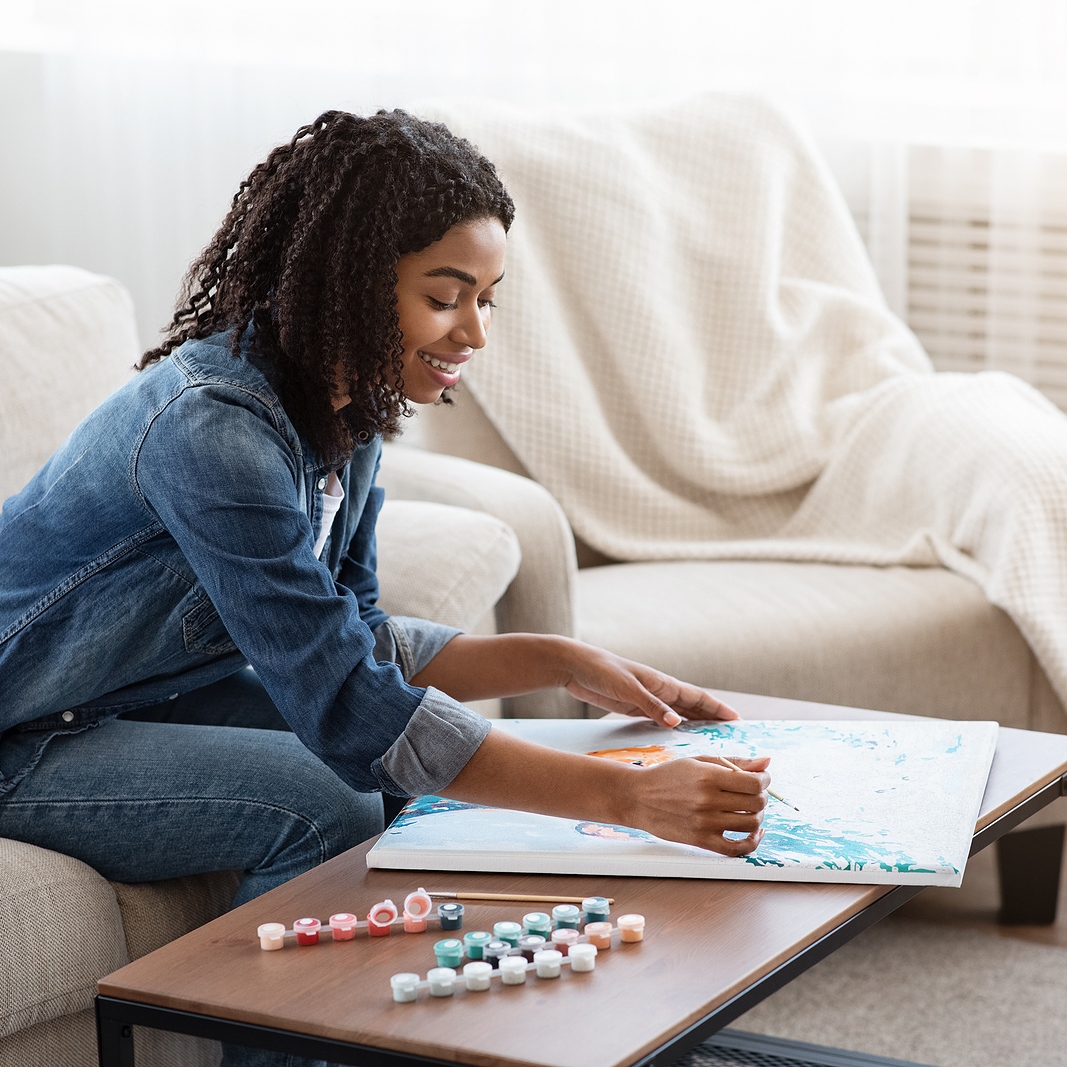In art therapy and skill development, painting by numbers has gained popularity as a structured approach to creating artwork. Unlike traditional painting techniques, which rely on freehand execution and can be daunting for beginners, painting by numbers provides a guided framework that can positively impact hand-eye coordination. This methodical process may be a stepping stone for novices seeking to hone their fine motor skills and visual-spatial understanding.
Progression in hand-eye coordination through painting is multifaceted. When engaging with premium quality paint by numbers kits, individuals must translate a number-coded picture into a colored canvas, which can improve their anticipatory control and coordination. In comparison, traditional painting demands an integrative approach where the artist continuously observes and adapts to the emerging image, thus possibly enhancing their coordination in a more open-ended fashion. Both methods, each with distinct structure and freedom, offer different pathways for developing hand-eye coordination.
Key Takeaways
- Painting by numbers offers a structured approach to improve hand-eye coordination.
- Traditional painting techniques provide a less guided, more open-ended way to develop coordination skills.
- Different painting methods contribute uniquely to fine motor skills and visual-spatial development.
Analyzing Hand-Eye Coordination
Enhancing hand-eye coordination is a complex process involving fine motor skills, precise movements, and intricate brain functions. This section explores the depth of hand-eye coordination development and the influence various painting techniques have on it.
Development and Enhancement of Motor Skills
Hand-eye coordination is integral to developing motor skills, which involves synchronizing visual cues with hand movements. Painting by numbers promotes the coordination of fine motor skills by guiding individuals to match painted areas to specific numbers. This contrasts with traditional painting techniques, which encourage freehand brushstrokes and often require higher initial skill for precision.
Impact of Painting Techniques on Vision and Precision
Different painting techniques affect the visual system and its ability to guide hand movements accurately. Painting by numbers can enhance precision and visual discernment, as individuals are required to focus on defined spaces. In contrast, traditional painting methods may enhance spatial awareness due to less constrained movements. Both techniques can improve the visual system's coordination with tasks requiring detailed attention to color and boundaries.
Brain Functions and Neural Pathways in Skill Learning
The brain, specifically the cerebellum, is critical in learning and refining hand-eye coordination. Painting requires the cerebellum to form and reinforce neural pathways that optimize movement and precision. Whether through painting by numbers or traditional techniques, repetitive practice strengthens these neural connections, bolstering one's ability to perform complex tasks with greater control and efficiency.
Comparative Evaluation of Painting Methods
The impact of painting by numbers compared to traditional painting on hand-eye coordination can be understood by analyzing their efficacy, freehand techniques, and adaptability in therapeutic environments.
Efficacy of Painting by Numbers
Paint by numbers has been recognized as an effective exercise to enhance hand-eye coordination. Individuals follow a predetermined set of rules to fill in areas with specific colors, which can improve precision and the ability to follow visual cues. This methodical approach can be particularly beneficial for beginners in the domain of painting, as it reduces the cognitive load of conceptualizing the image, allowing the painter to focus on the task at hand: the physical aspect of applying paint to canvas. For adults or those facing memory and reaction time issues, painting by numbers can be a relaxing yet structured exercise to maintain their skills.
Traditional Painting and Freehand Techniques
Conversely, traditional painting techniques require the painter to learn and execute complex strokes and color theories, leveraging more intricate hand movements and decision-making skills. Traditional methods demand a higher level of engagement and performance to develop hand-eye coordination. Creating art through traditional painting serves as an exercise not only in precision but also in artistic expression. This can be particularly important for individuals seeking to improve their technical abilities and their creative aptitude, which is relevant to fields beyond painting, such as sports, where techniques like those in tennis require swift and precise movements.
Adaptation and Use in Therapeutic Settings
Both painting by numbers and traditional painting techniques are invaluable in rehabilitation and therapeutic settings. Painting by numbers offers a structured approach that can assist individuals recovering from a stroke or dealing with aging challenges, helping them exercise fine motor control and vision gently. On the other hand, traditional painting can be adapted for therapeutic use, providing a more open-ended form of expression that encourages the painter to practice complex hand movements and skills. This can be instrumental for cognitive and motor function rehabilitation and maintaining memory and reaction time in various age groups.
Crafting art using premium quality paint with numbers kits is also accessible. It provides a clear pathway for adults to engage in painting as a pastime or stress relief, supporting emotional well-being alongside motor skills development.
Conclusion
Painting by numbers can enhance hand-eye coordination through structured practice, with each number leading the hand to the correct color application spot. In comparison, traditional painting techniques provide a broader scope for creativity, which might not offer the same level of meticulous training but engages a wider range of motor skills. Both approaches contribute to developing fine motor skills and visual coordination, each offering unique benefits that can significantly impact an individual's artistic and motor capabilities.
